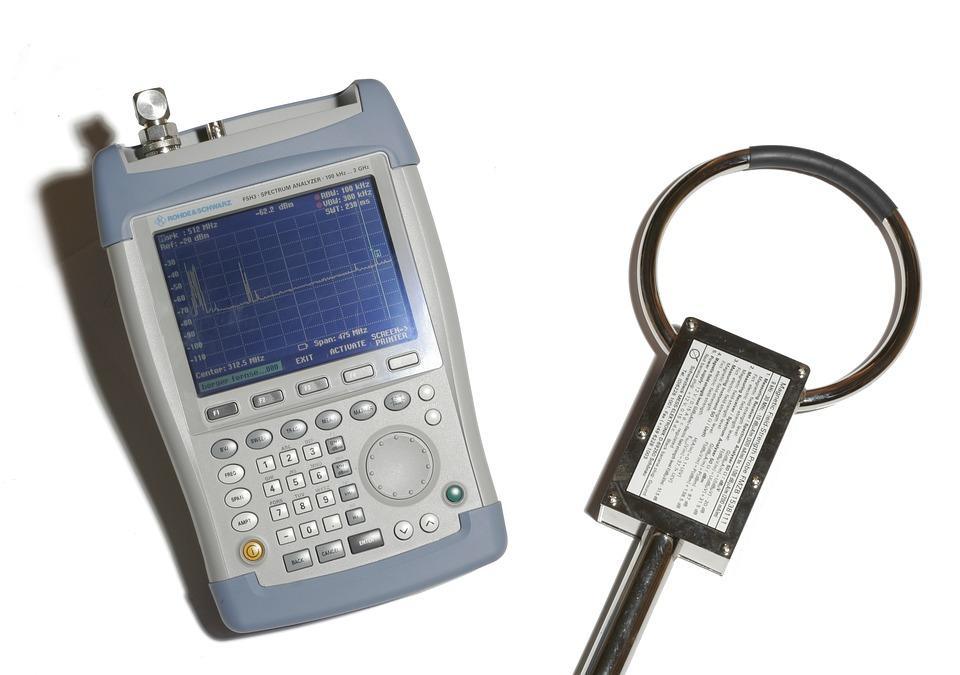High-frequency trading signals have transformed the landscape of finance. These lightning-fast trades are not just for Wall Street’s elite; they’re becoming accessible for anyone eager to understand the intricacies of trading. But what truly lies beneath the surface of high-frequency trading? Let’s pull back the curtain and explore the seven secrets that could change how you approach the market.
Contents
What Are High-Frequency Trading Signals?
High-frequency trading (HFT) refers to the use of advanced algorithms to execute a large number of orders at incredibly high speeds. These signals are generated by complex mathematical models that analyze market trends in real time. Why does this matter to you? Because understanding these signals can empower you to make informed trading decisions, optimizing your strategies and potentially increasing your profits.
Why High-Frequency Trading Signals Matter
In a world where every millisecond counts, high-frequency trading signals can mean the difference between profit and loss. They help traders capitalize on small price movements and can be the key to a successful trading strategy. By mastering these signals, you can tap into the pulse of the market and elevate your trading game.
Secret #1: Speed is Everything
In high-frequency trading, speed isn’t just a luxury—it’s a necessity. The ability to execute trades within microseconds can lead to substantial profits. Here’s how you can leverage this:
- Invest in Technology: Use cutting-edge trading platforms that minimize latency.
- Stay Updated: Follow tech advancements in trading software and hardware.
- Use Co-location Services: This places your trading servers closer to exchange servers, reducing delay.
Secret #2: Data is Your Best Friend
High-frequency trading relies heavily on data. The more accurate and up-to-date your data, the better your trading decisions. Here’s how to harness data effectively:
- Real-Time Analytics: Utilize platforms that provide real-time data feeds.
- Historical Data: Analyze past performance to identify patterns.
- Market Sentiment: Leverage social media and news sentiment analysis for insights.
Secret #3: Understand Market Microstructure
The market microstructure is the framework that governs how trades are executed in the marketplace. Understanding this can give you an edge, allowing you to predict market movements more accurately. Here’s what to focus on:
- Order Types: Familiarize yourself with different order types (market, limit, stop-loss).
- Liquidity: Know which assets are more liquid and why it matters for your trades.
- Slippage: Understand how slippage can impact your trades and use it to your advantage.
Secret #4: Algorithmic Strategies
High-frequency trading relies on sophisticated algorithms. These aren’t just for tech geniuses; they can be learned and implemented by anyone willing to dive in:
- Backtesting: Test your strategies against historical data to see how they would have performed.
- Adaptive Algorithms: Use algorithms that can adjust to changing market conditions.
- Diverse Strategies: Don’t put all your eggs in one basket; employ multiple strategies to mitigate risk.
Secret #5: Risk Management is Crucial
High-frequency trading can be exhilarating, but it’s not without its risks. Effective risk management can protect your capital and keep your emotions in check. Here’s how to build a robust risk management plan:
- Set Limits: Always set stop-loss orders to limit potential losses.
- Diversify: Spread your investments across different assets to reduce risk.
- Regular Reviews: Continuously assess your strategies and adapt as necessary.
Secret #6: Regulatory Awareness
Understanding the regulatory landscape is vital for any trader, especially in high-frequency trading. Regulations can impact your strategies and the overall market environment. Stay informed:
- Follow Regulatory Updates: Keep an eye on changes in trading regulations.
- Compliance: Ensure your trading practices comply with local and international regulations.
- Educate Yourself: Attend workshops or webinars on trading laws and regulations.
Secret #7: Psychological Resilience
High-frequency trading can be a rollercoaster ride. Psychological resilience is essential to navigate the ups and downs. Here’s how to cultivate a strong mindset:
- Mindfulness Practices: Incorporate mindfulness techniques to manage stress.
- Emotional Awareness: Be conscious of your emotions and how they affect your trading.
- Support Network: Surround yourself with other traders to share experiences and strategies.
Bottom Line
High-frequency trading signals are powerful tools that can elevate your trading strategy to new heights. By understanding speed, data, market microstructure, algorithms, risk management, regulations, and psychological resilience, you’re not just a trader; you’re a force to be reckoned with in the market.
Are you ready to delve deeper into high-frequency trading? Equip yourself with the knowledge and strategies outlined here, and take control of your trading destiny today!
FAQs
What is high-frequency trading?
High-frequency trading uses complex algorithms to execute trades at extremely high speeds.
How can I get started with high-frequency trading?
Begin by educating yourself on trading algorithms, market structures, and risk management techniques.
Is high-frequency trading suitable for beginners?
While it can be complex, beginners can start with the basics of trading and gradually learn more about high-frequency strategies.
For further reading, check out these resources:
- CFTC: Understanding High-Frequency Trading
- Investopedia: High-Frequency Trading Explained
- Financial Times: Market Microstructure








